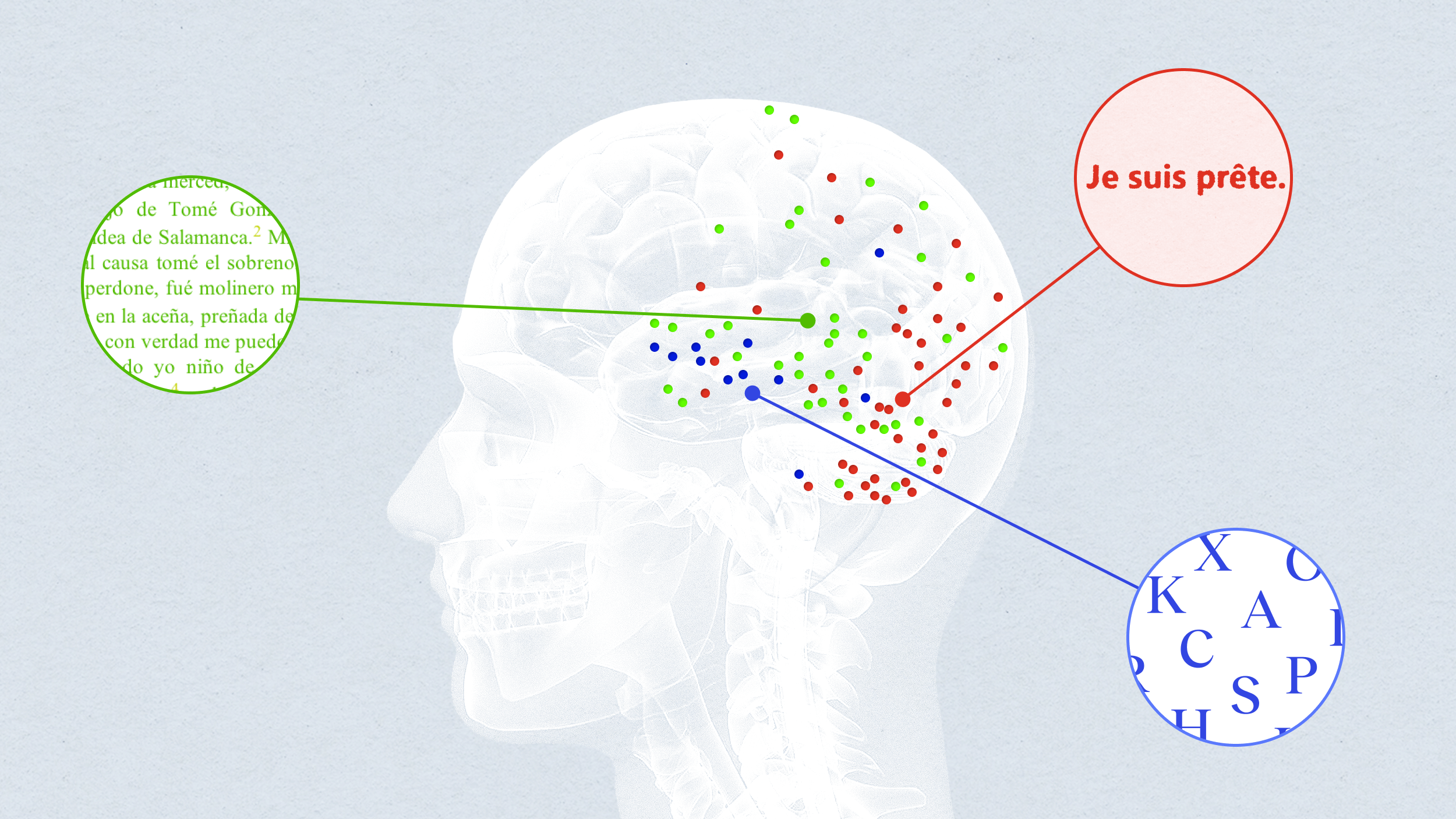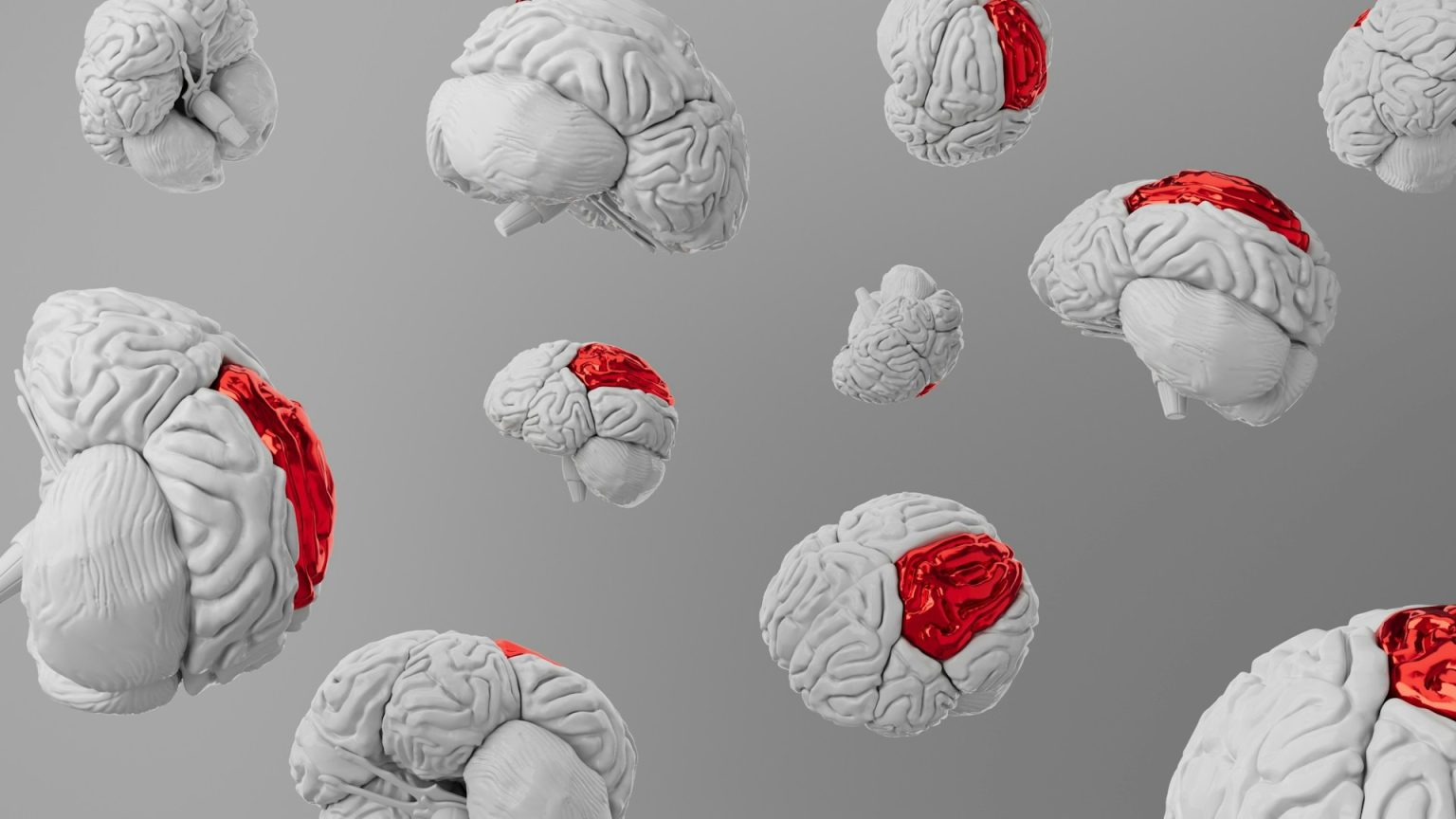Zap! You Cannot Tell A Lie!

What did you do, really, when Irene struck? As you listen to people tell tales that make them sound more threatened, more casual-cool or more heroic than they really were, you might think: Wouldn’t it be great if you could just push a button and make them incapable, or at least less capable, of lying? That is, in essence, what the authors of this paper say they’ve done: Knocking out the function of a part of the brain behind the right forehead, it says, makes it harder to fib. Conversely, conking out the corresponding area on the left side makes it easier to lie.
Until quite recently it was hard to claim that this or that region of the brain was essential for a complex psychological experience like telling a lie. The only way to be sure was to look at the behavior of people in whom that region didn’t function, due to illness or accident or congenital defect. These misfortunes were often strange and rare and they weren’t precisely targeted—a person with damage to one region likely had deficits elsewhere. So they seldom could be used to show the necessary connection between a particular brain region and a particular behavior or perception.
Early in the 2000s, though, neuroscientists found a way to use powerful magnetic pulses to knock out very small regions of the brain for short periods of time. The technique, Transcranial Magnetic Stimulation, induces electrical changes in brain region, usually to knock it offline. TMS allows researchers to give people temporary, precise and harmless deficits, which can be reproduced in exactly the same way in many different brains. Proving a claim like “Region X is essential for behavior Y” is now at least possible: Knock out the function of region X with a powerful magnetic pulse and show that it left them incapable of Y. With enough people in the sample, it is, at least, suggestive.
I first heard about TMS from a grad student who had volunteered in an experiment that made her briefly incapable of moving her pinkie. That was nearly a decade ago. As you might expect the experiments since have gotten more ambitious and complex. This paper, in press at the journal Behavior and Brain Research, is an illustration. The behavior it explores—lying—is as cognitively and socially complex as you can find in people. And the region it links to the behavior, the dorsolateral prefrontal cortex, located right behind the forehead, has been linked to high-level tasks involving self-control and the sorting and comparing of information. Like many brain regions, it is bilaterally symmetrical, having a right and left side. And it seems the right and left versions do different things.
The new paper’s authors, Inga Karton and Talis Bachmann, worked with 16 volunteers. Eight had their left DLPFC hit with a train of magnetic pulses over about six minutes, suppressing activity in the region. The other eight had the same treatment on their right DLPFC. After the treatment each volunteer watched a computer monitor on which an image of a disk, either red or blue, appeared over and over, 40 times. At each appearance they reported the color they saw. They could, their instructions said, tell the truth or, if they preferred, they were free to fib, and say red for blue or vice versa. In a separate session, a different brain region, the parietal cortex, was given the magnetic pulses and the same disc exercise repeated.
The eight people who had their left DLPFC “switched off” told the truth less often than they did when the (presumably irrelevant) parietal cortex was zapped on that side, the authors write. Conversely, the other eight volunteers, who had activity suppressed in the right DLPFC, were more likely to tell the truth about what they saw on the screen.
Sixteen people doesn’t constitute a very big sample, nor is the effect big (for example, one subject gave 77 percent truthful answers without left DLPFC but was 75 percent truthful with). But the effect is outside the margin of error and is interesting for several reasons.
First, it complicates the picture drawn by other work on the DLPFC. For example, another study found that suppressing activity in the right DLPFC made people more likely to take risks in a simulation. That seems to contradict the Karton-Bachmann paper, where suppressing the right DLPFC was associated with telling the truth. (Unless, of course, you see lying as “the safer choice,” which, in real life if not in experiments, it often is.)
Which brings up the other interesting aspect of the research: It opens a window onto some pretty deep questions about the nature of lying. For instance, reporting the color of circles on a monitor definitely required the volunteers to choose between truth and untruth, but their choice didn’t have any practical or moral consequences for them. So was it really a model for lying as actually practiced by liars (aka all of us)? DLPFC research is becoming a bridge between neurons and philosophy.
Illustration: Pinocchio, as depicted on a 2001 Deutsche Post stamp. From Wikimedia
Karton, I., & Bachmann, T. (2011). Effect of prefrontal transcranial magnetic stimulation on spontaneous truth-telling Behavioural Brain Research, 225 (1), 209-214 DOI: 10.1016/j.bbr.2011.07.028
Knoch, D. (2006). Disruption of Right Prefrontal Cortex by Low-Frequency Repetitive Transcranial Magnetic Stimulation Induces Risk-Taking Behavior Journal of Neuroscience, 26 (24), 6469-6472 DOI: 10.1523/JNEUROSCI.0804-06.2006





